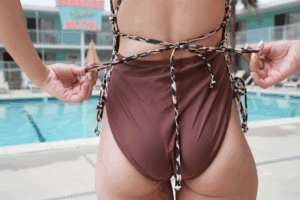Thinning edges, receding hairlines, and patchy scalps reveal experiences that often go unnoticed. Here's some advice on how to stop it getting worse.
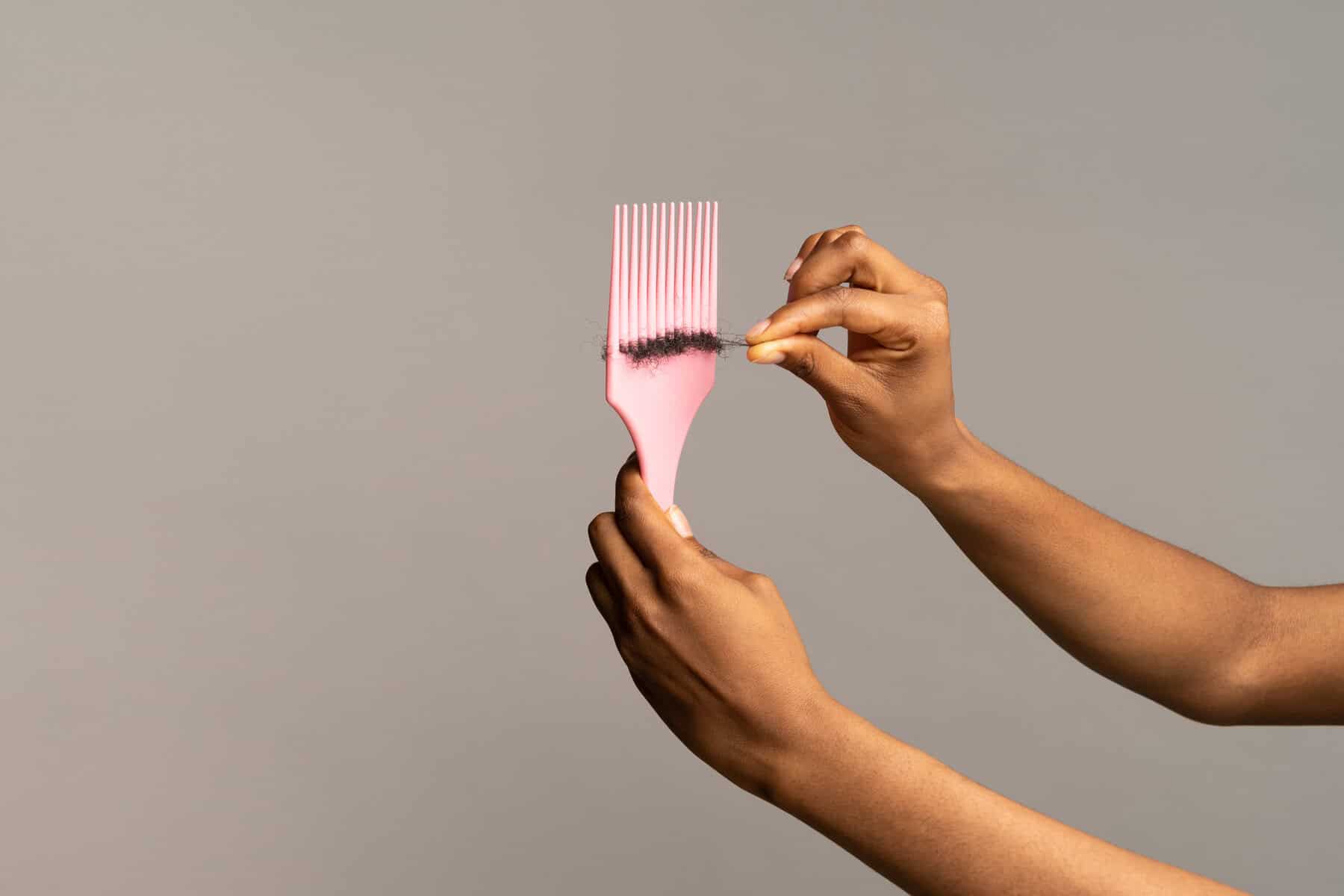
In South Africa, hair is never just hair. It’s history, heritage, identity, and a personal signature rolled into one.
For many with Afro-textured hair, keeping that crown intact has become a silent struggle, as thinning edges, receding hairlines, and patchy scalps tell stories that too often go unheard.
The culprit?
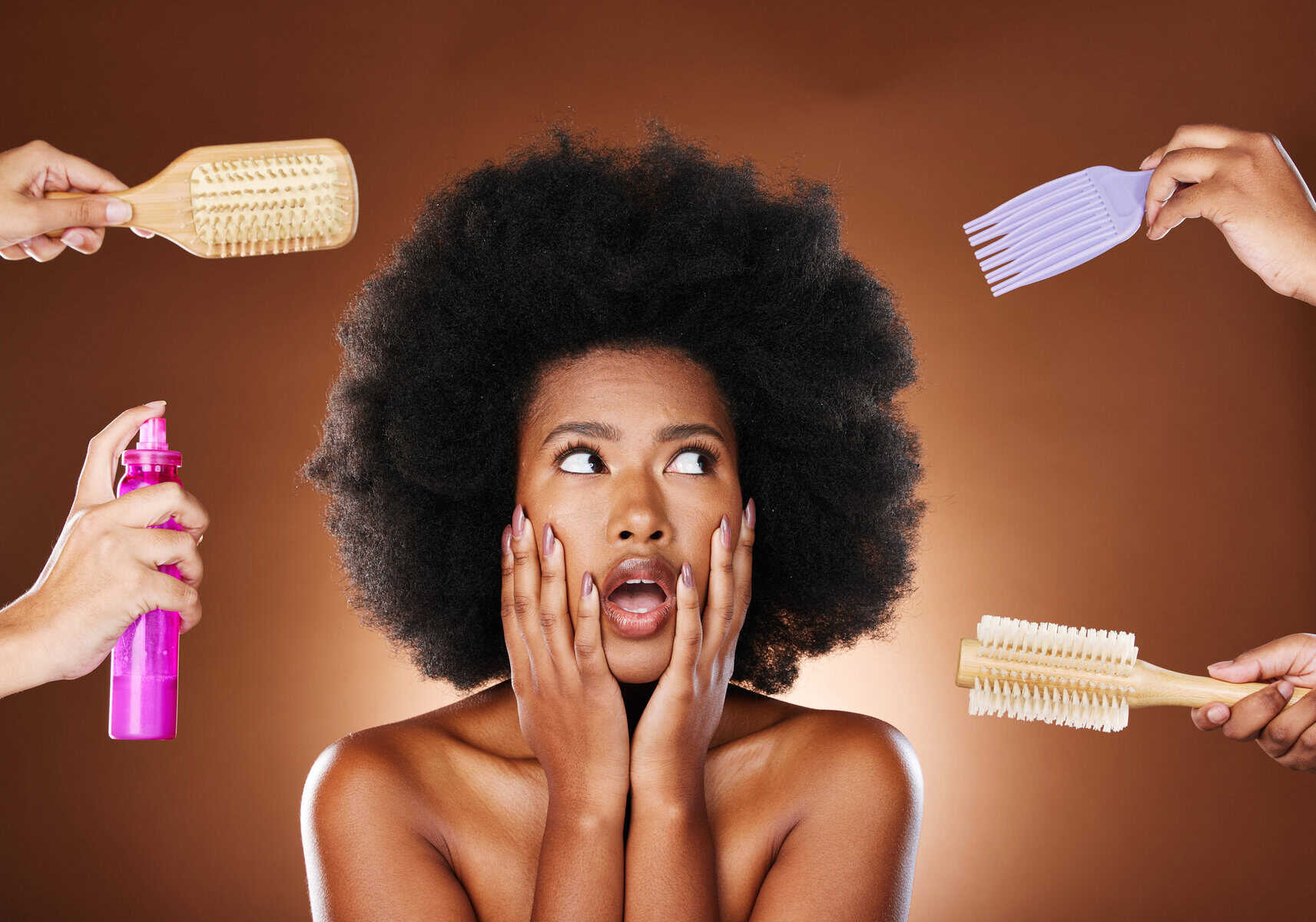
Not just genetics. According to Dr Kashmal Kalan, medical director at Alvi Armani South Africa, the way we wear and treat our hair plays a huge role, and for many, those everyday styling habits may be leading them straight to hair loss.
When culture meets compromise
“Hair loss doesn’t discriminate,” says Dr Kalan, “but the causes can look very different depending on your hair type.”
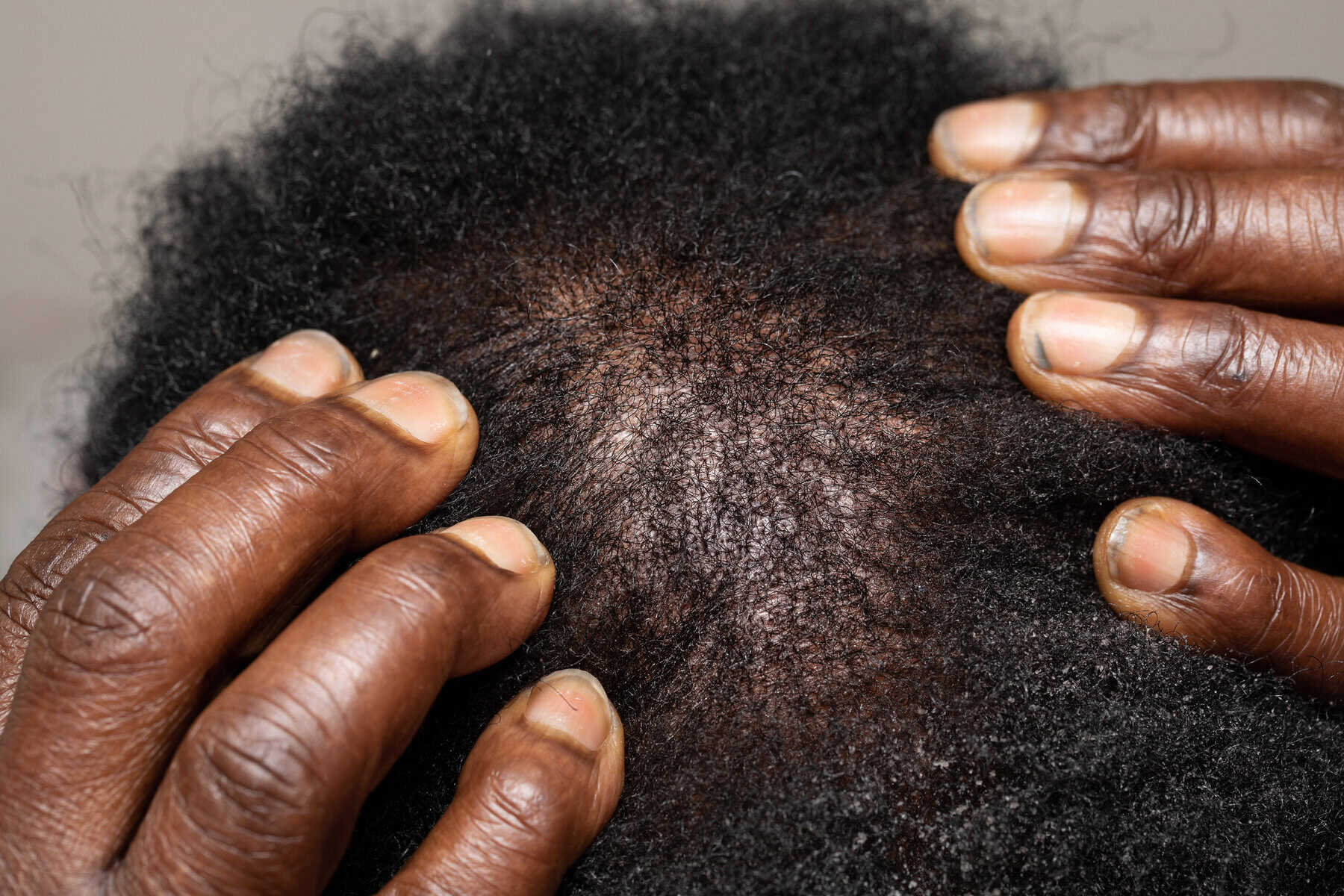
In the case of Afro-textured hair, traction alopecia, hair loss from repeated tension, is alarmingly common, especially in women. “Tight braids, cornrows, weaves, these are beautiful and culturally significant styles, but when done too tightly or too frequently, they place enormous stress on the follicles,” he explains.
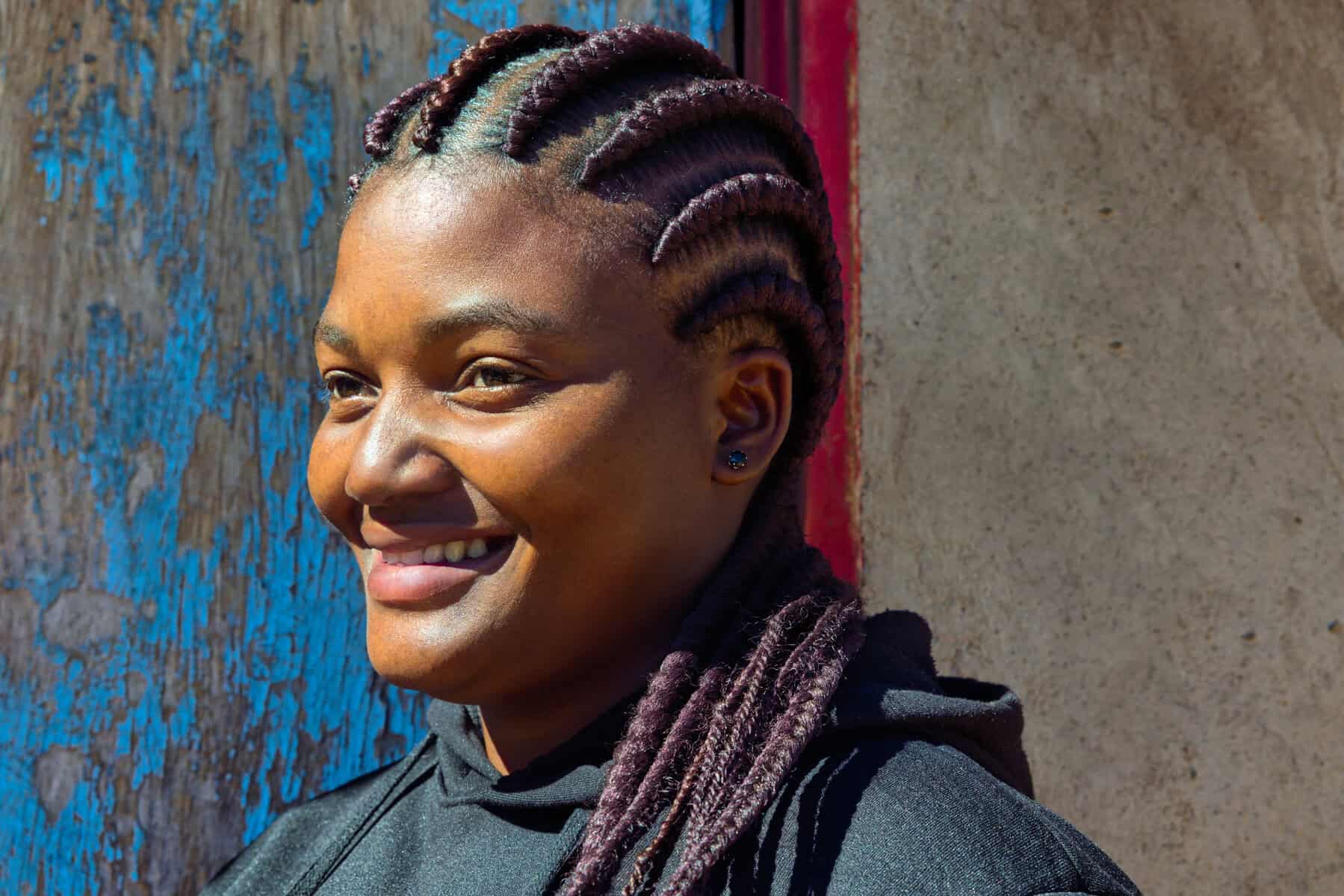
And while the aesthetic of sleek, chemically-straightened hair is still popular, those relaxers come at a cost. “Each time a chemical touches your scalp, it alters the hair follicle’s structure. Over time, that damage becomes irreversible.”
For men, keeping hair short or shaved may seem like low maintenance, but it can hide early signs of hair thinning until it’s too late to act.
ALSO READ:WATCH: Dancing queens Somizi and Real Housewives Christall Kay show off their power dance moves
Rethinking haircare, not hair culture
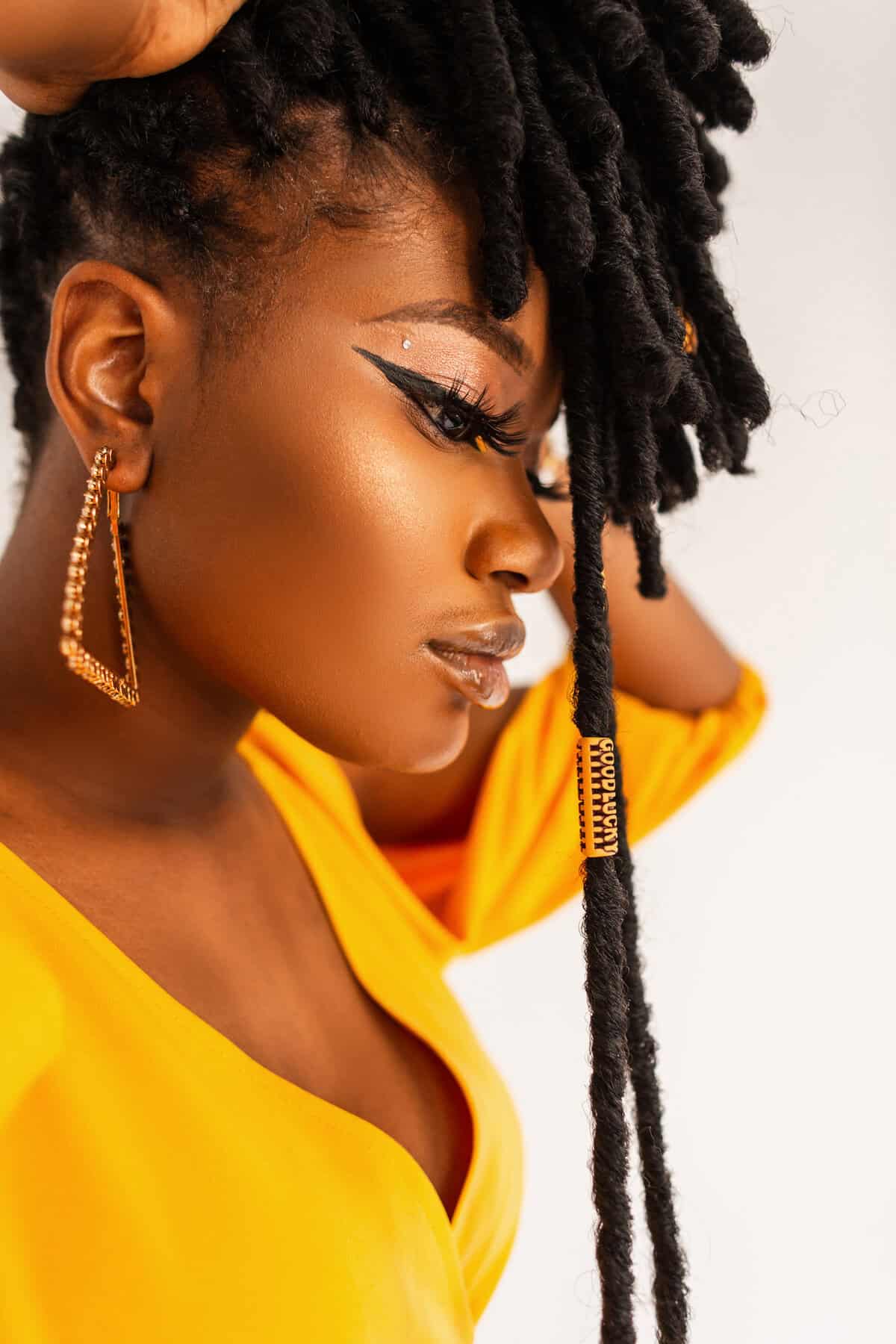
The solution isn’t to give up cultural hairstyles, Dr Kalan stresses, but to approach them with a bit more care.
“Avoid styles that pull tightly at the roots, give your scalp time to breathe between weaves or wigs, and limit the use of harsh chemicals,” he advises. “Protective styling can still be protective if you’re not causing long-term damage in the process.”
When prevention isn’t enough
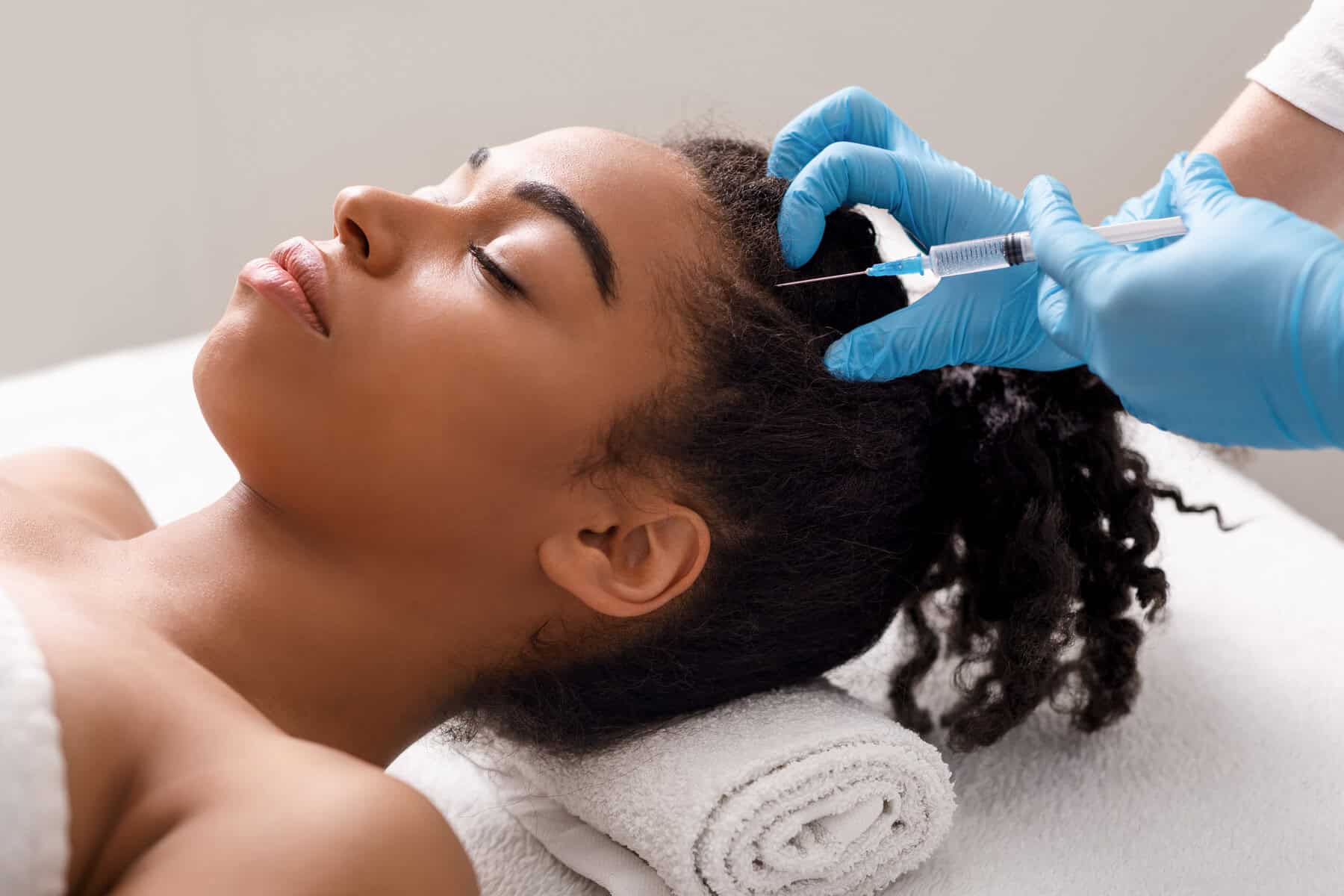
For those already experiencing hair loss, all is not lost.
Hair transplants, once considered a solution for straight-haired men only, have evolved.
Now, thanks to specialised techniques developed for afro-textured hair, curly-haired clients are seeing powerful results.
“Curly follicles curve under the skin, which makes transplantation more complex,” says Dr Kalan. “You need fewer grafts per session and a surgeon who truly understands Black hair; otherwise, you risk poor results or even scarring.”
Keloid scarring is also a concern for many African patients, which is why clinics like Alvi Armani perform test patches first to assess healing.
ALSO READ:‘Unlocked’: Rugby star Eben Etzebeth launches first book
Debunking the myths
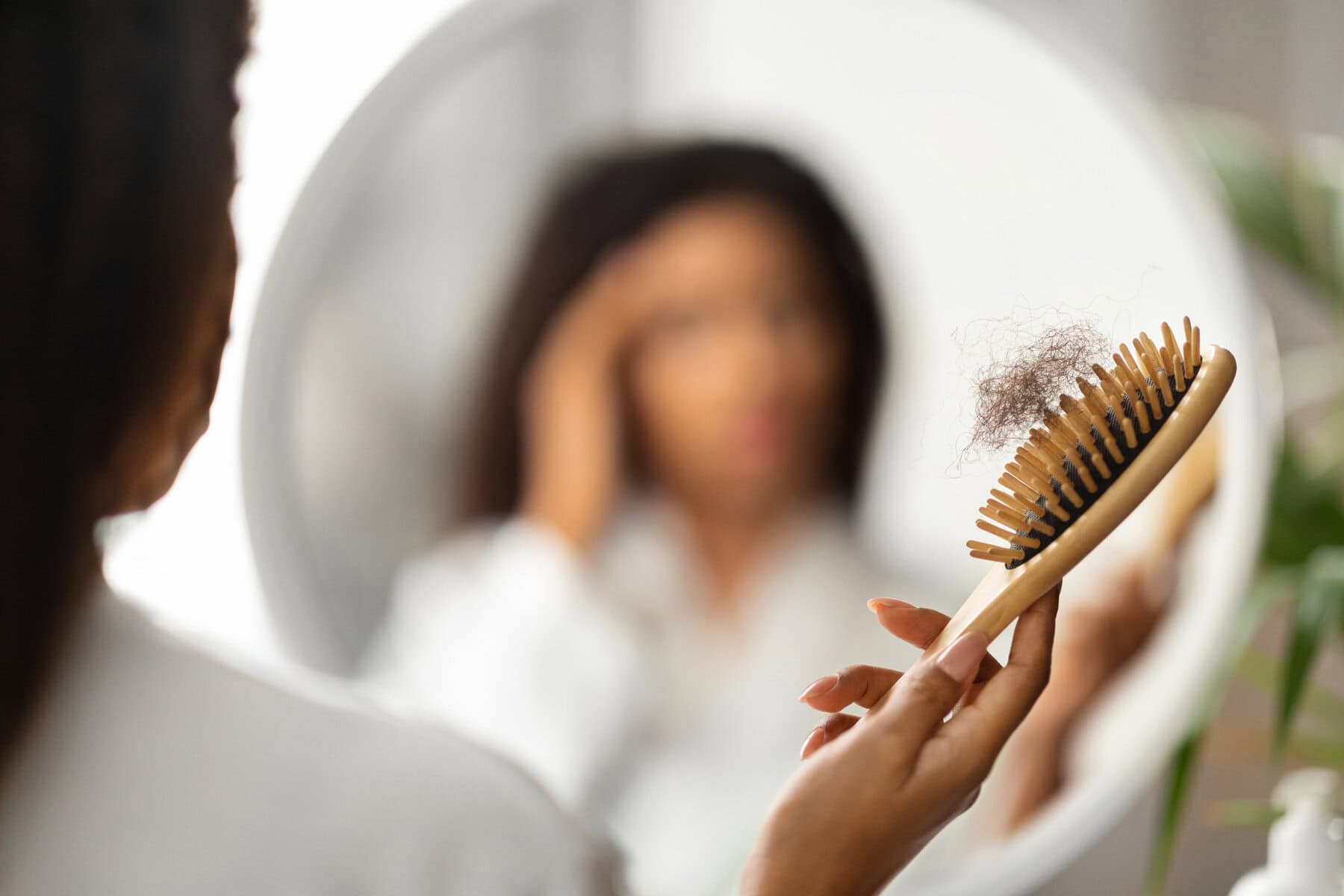
Still think hair transplants are just for men with receding hairlines? Think again.
“One of the biggest myths we hear is that people with curly hair aren’t good candidates, or that women shouldn’t bother,” says Dr Kalan. “But hair restoration is not a one-size-fits-all solution. If you start early and get the right advice, your hair journey doesn’t have to end at hair loss.”
His parting shot: “Find a clinic that understands the nuances of your texture. If someone tells you Afro hair is the same as straight hair, walk out.”
Because your crown deserves nothing less than royal treatment.






